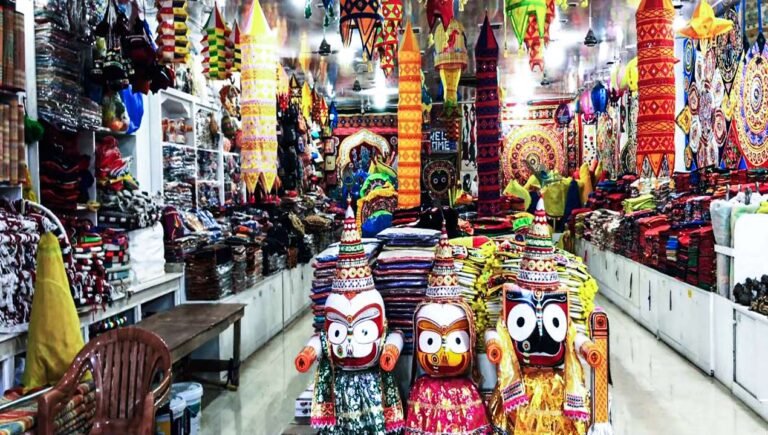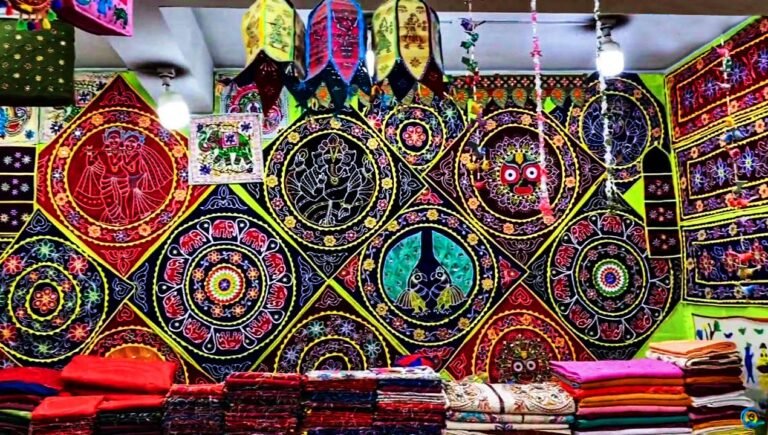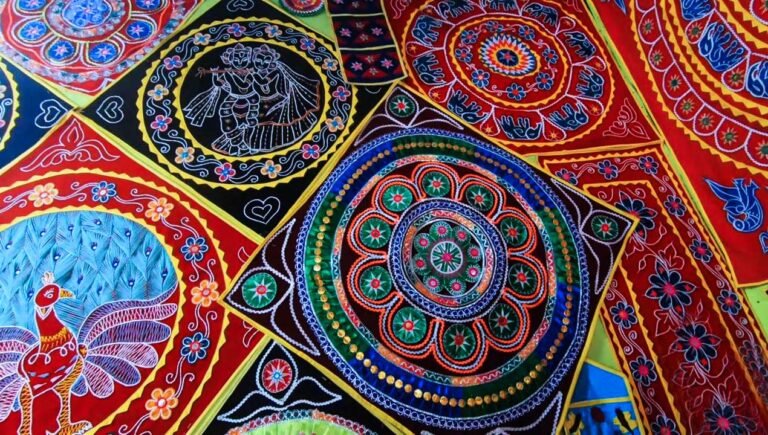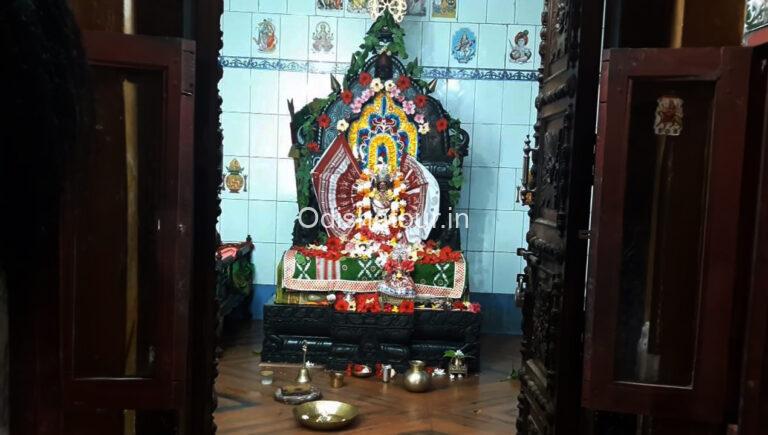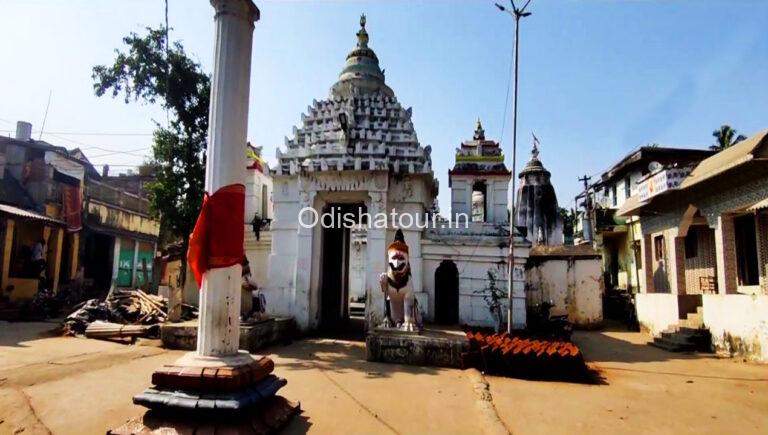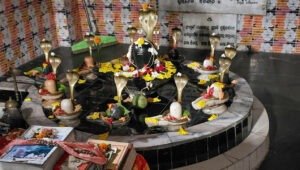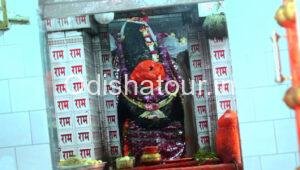Pipili is 20 km from Bhubaneswar, located on the route to Puri-Konark. Pipili is the centre of applique works, also known as Chandua. Pipili appliqué work owes its origin to the culture of Lord Jagannath. The Puri Gajapati prepares the applique umbrellas for the annual Car Festival of Lord Jagannath. The artisans here produce elegant as well as utilitarian items by stitching pieces of cloth together with a riot of colours, such as an umbrella canopy. Lampshades, bookshelves, cloth bags, purses, wall hangings, carpets, garments for ladies & other applique works, which have a good market in India and abroad.
Historical & Cultural Background
- The art of Pipili Chandua dates back to the 12th century and is deeply rooted in the Jagannath cult. Originally, this exquisite appliqué work was used to adorn the chariots of deities during the Rath Yatra, crafted under the royal patronage of the Gajapati kings of Puri.
- According to local legend, a Delhi Badshah once demanded decorative pillows. Mysteriously, one appeared in Puri overnight—a miracle believed to be the blessing of Lord Jagannath. This divine incident inspired a master tailor (darji) to settle in Pipili, where he passed on the art to local craftsmen who later served the temple.
- The motifs used in Chandua reflect a rich tapestry of local flora, fauna, and mythology—including peacocks, elephants, lotuses, celestial bodies like the sun and moon, Rahu, and various deities. Each design carries cultural significance and visual vibrance.
- While initially created exclusively for religious rituals and temple decorations, Chandua art has now evolved into a form of home décor. Today, it embellishes a variety of handcrafted items such as wall hangings, canopies, ceremonial umbrellas, lampshades, pillow covers, letter holders, and door hangers.
- The crafting technique involves layering brightly colored fabric pieces onto a base cloth, which are then finely stitched into place using both appliqué and reverse-appliqué methods. The result is a stunning display of colour, texture, and storytelling.

